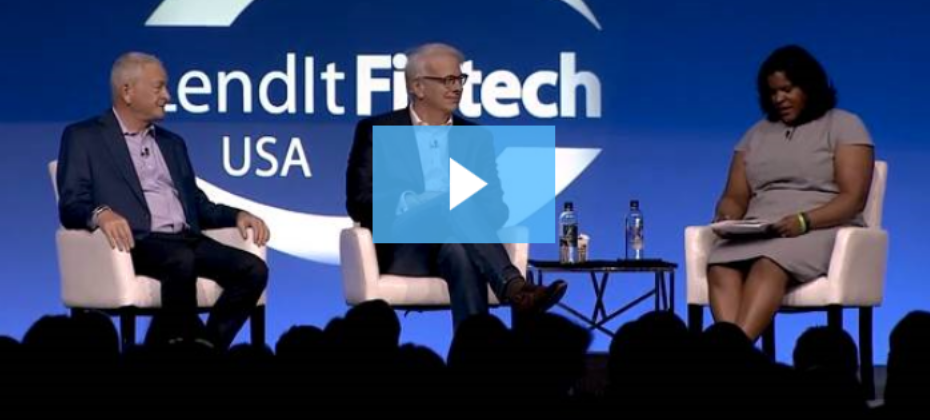Tag: utilities

You walk into your home, flick the light switch, head to the fridge and grab a glass of cold water. Suddenly, you feel a...

Many financial institutions have made inclusion a strategic priority to expand their reach and help more U.S. consumers access affordable financial services. To drive...

The ongoing COVID-19 crisis and the associated rise in online transactions have made it more important than ever to keep customer information accurate and...

New challenges created by the COVID-19 pandemic have made it imperative for utility providers to adapt strategies and processes that preserve positive customer relationships....

New challenges created by the COVID-19 pandemic have made it imperative for utility providers to adapt strategies and processes that preserve positive customer relationships...

The COVID-19 pandemic has created unprecedented challenges for the utilities industry. This includes the need to plan for – and be prepared to respond...

Earlier this month, Experian joined the nation’s largest community of online lenders at LendIt Fintech USA 2019 in San Francisco, CA to show over...

Soaring in the solar energy utility market By: Mike Horrocks and Rod Everson The summer is a great time of the year – it...

Like their utility counterparts, communications providers routinely participate in federally subsidized assistance programs that discount installation or monthly service for qualified low-income customers. But,...

As a global leader in providing credit-decisioning information, analytical tools and marketing services to organizations and consumers, Experian is no stranger to telecommunications or...

By: Kari Michel Credit bureau data has been used for many years to develop credit risk models, bankruptcy scores, profitability models, and response models to...